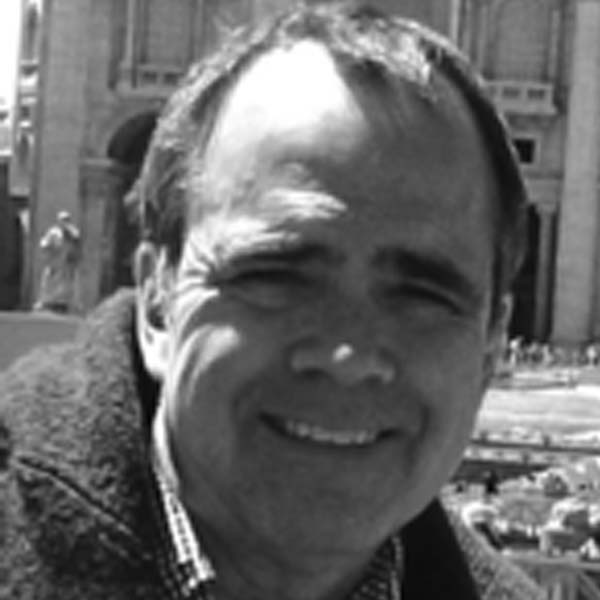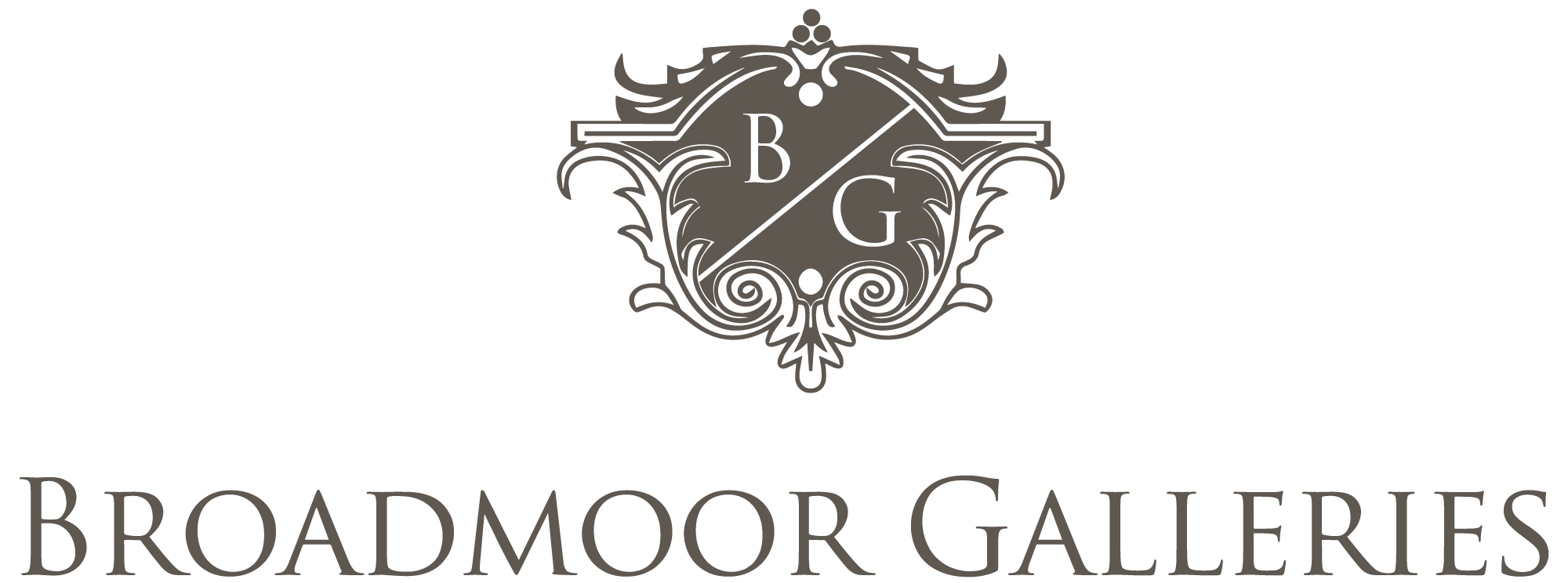BIOGRAPHY

Artist Statement
To me painting is not about what I see, it’s about what I don’t see. This view is contained within my perception that philosophy, religion and art are essentially transforms of one another.
My interests lie within the beauty of ambiguity held within painting that pursues a sacred direction within the realm of Christology. I follow the path of using a Lectio Divina approach to all my paintings which means I follow a process of reading the work, reflecting on the work, meditating on the work and contemplating on the work.
Lastly, I see an important aesthetic within that which is considered poor, both as in poverty as well as in spirit. Therefore I have chosen to approach my work from a discipline of both by painting with modest materials such as grocery bags for canvas and my medium being miss-tinted house paint, crayons and graphite. This manner of working affirms my pursuit of inverted alchemy by seeing gold in the metal, not seeking to turn metal into gold.
Biography
DANIEL BONNELL is known throughout the United States, England and Israel as one of the few noted sacred painters of the 21st Century. His work is used by the most renowned theologian writers of our day as examples of contemporary icons in their writings and book covers. These theologians include Alister McGrath of The University of Oxford and Kings College, the Archbishop of Canterbury Justin Welby, and the Francsican Contemplative and author Richard Rohr. Bonnell received his BFA degree from the Atlanta College of Art and his MFA from Savannah College of Art and Design. He also studied under the acclaimed artists Ansel Adams, Milton Glaser and Ed Ross.
Published writings from the artist as well as books published by and about the artist are found on the Published Writings tab on this site.
Daniel Bonnell does not consider himself a Christian artist but simply an individual who follows the teachings of Christ and expresses the teachings writings through his art. He is not associated with any denomination, organization or institution.
His work largely became known and recognized from a one-man-show at Saint Paul’s Cathedral in London, July of 2004. The book, The Road Home, was published on his art for this special exhibition. Since then he has become a noted artist for publishers around the world for book covers that express a nontraditional neo-expressionist position on theology and scripture. He is author of the book Shadow Lessons, (Wipf&Stock Publishers 2012) a book about the trials and lessons learned of teaching art to at-risk inner city high school students. He is a contributing writer for ArtPulse Magazine, a magazine that reviews the work of contemporary artists around the world.





